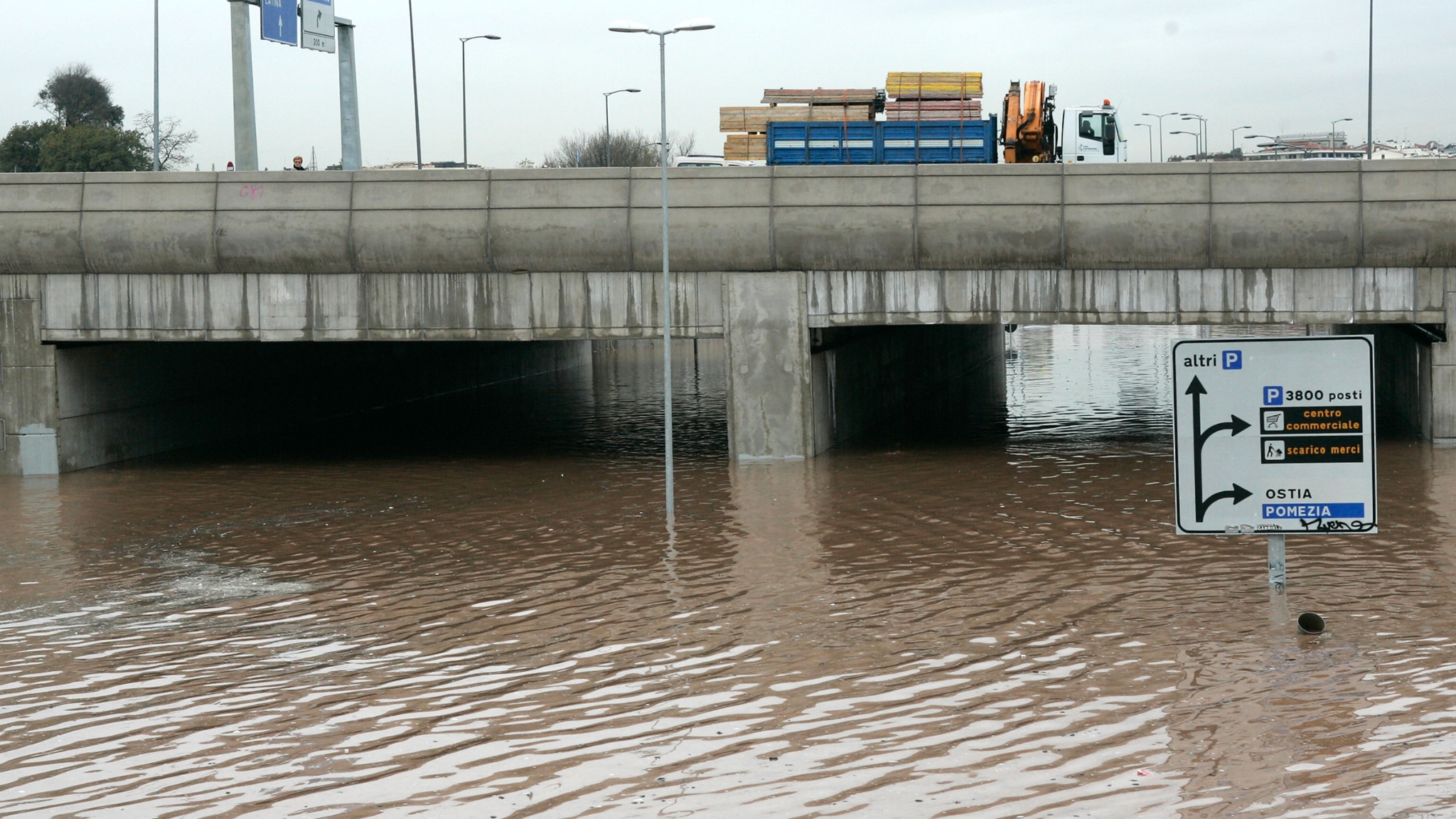A humanity forcibly on the way.
Migration is on the rise in the world due to the climate crisis, and by 2050 as many as 216 million people could be forced to move.
Over 40% of the population lives in contexts of extreme vulnerability to climate change.
On the eve of the National Day of Remembrance and Reception on 3 October, Legambiente presents the data from the dossier 'Environmental migrants, the impacts of the climate crisis'.
The price of the climate crisis
Data that shakes your wrists, to remind you that in the world there are more fragile populations and social groups, who pay the highest price of the climate crisis: people with limited access to services and resources or who live in a close relationship of socio-economic subsistence with the surrounding territory.
According to the International Panel on Climate Change (IPCC), over 40% of the world population (between 3.3 and 3.6 billion people) live in contexts of "extreme vulnerability to climate change", identifying 127 risks that they concern settlements, infrastructure, the economy, social and cultural structures, water and food security, the health and well-being of individuals, displacement and migration.
The areas most at risk
Among the macro-regions most at risk are West, Central and Eastern Africa, South Asia, Central and South America, small developing island states and the Arctic.
In these areas, human mortality from extreme events such as floods, storms and droughts was 15 times higher between 2010 and 2020 than in regions with less vulnerability.
The numbers of migrations
In the world, at the end of 2021, 89 million and 300 thousand people have been forced to leave their homes fleeing wars, violence, persecutions and other reasons: the latest annual statistical report of UNHCR 'Global Trends is clear '.
An extremely high figure, never recorded before by the United Nations Agency, which marks an increase of 8% compared to the previous year and which has doubled over 10 years.
An estimate of migratory flows due to the climate crisis in the coming years
Numbers destined to increase.
According to the World Bank's 'Groundswell' report, due to the climate crisis, 216 million people in six different regions of the world could be forced to move within their countries by 2050.
Environmental policies to combat climate change
Immediate and concerted action to reduce global emissions and support sustainable, inclusive and resilient development - in line with the Paris Agreement on Climate Change - could reduce the scale of climate migration by up to 80%, reducing the scale of displacement of about 44 million people, the report underlines.
"For a peace and development agenda, an immediate paradigm shift is needed that puts the issue of climate justice at the center - declares Stefano Ciafani, national president of Legambiente - If it is true that no one can be considered safe from extreme events such as floods, droughts , heat waves, storms and fires, the most fragile social groups pay the highest price ”.
“We hope that the 27th Conference of the Parties (COP) of the United Nations next November in Egypt will be the occasion to find an agreement that brings together the policies of mitigation, adaptation, compensation and economic and technological aid for the most vulnerable communities;
also expanding the forms of protection to protect those fleeing the effects of the environmental and climate crisis, a regulatory vacuum that must be filled both nationally and internationally ”concludes Ciafani.

